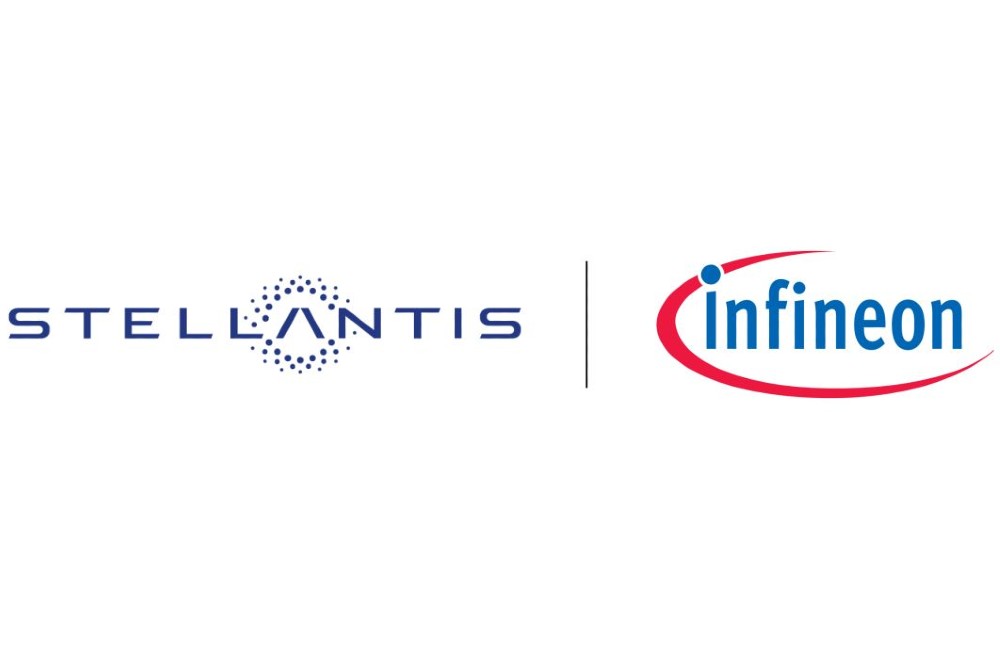Infineon to supply semiconductors for Stellantis’ future electric cars
The deal between Infineon Technologies and Stellantis has been in the pipeline for some time. At the end of 2022, both parties signed a non-binding memorandum of understanding with the aim of being able to call up the chip volumes in a few years’ time. The two companies have now turned their deal into a binding agreement, although they are not disclosing the details of the contract. No details are known about the order value, quantities or schedules. Both sides tend to stick to general statements – for example, that the chips will support Stellantis in standardising its power modules in order to improve the performance and efficiency of electric vehicles and thus reduce costs.
However, it is clear that Infineon will supply three different products: smart power switches (‘PROFET’), SiC semiconductors and microcontrollers (‘AURIX’). The latter are explicitly intended for the first generation of Stellantis‘ new E/E and software architecture (‘STLA Brain’). The partners have also announced their intention to intensify their collaboration by setting up a joint Power Lab. The aim is to define a scalable and intelligent power supply architecture for the next generation of software-defined vehicles from Stellantis, according to an accompanying press release.
“As outlined in our strategic plan, Dare Forward 2030, we are securing the supply of crucial semiconductor solutions required to continue our transition to an electrified future leveraging innovative E/E architectures for our next-generation platforms,” said Maxime Picat, Stellantis Chief Purchasing and Supplier Quality Officer. In the summer of 2023, Stellantis had already presented its own semiconductor strategy.
“Infineon is now entering a collaboration and innovation partnership with Stellantis,” said Peter Schiefer, President of Infineon’s Automotive Division. “As the world’s leading automotive semiconductor vendor, we bring our product-to-system expertise and dependable electronics to the table. Our semiconductors drive the decarbonization and digitalization of mobility. They increase the efficiency of cars and enable software-defined architectures that will significantly improve the user experience.”





0 Comments